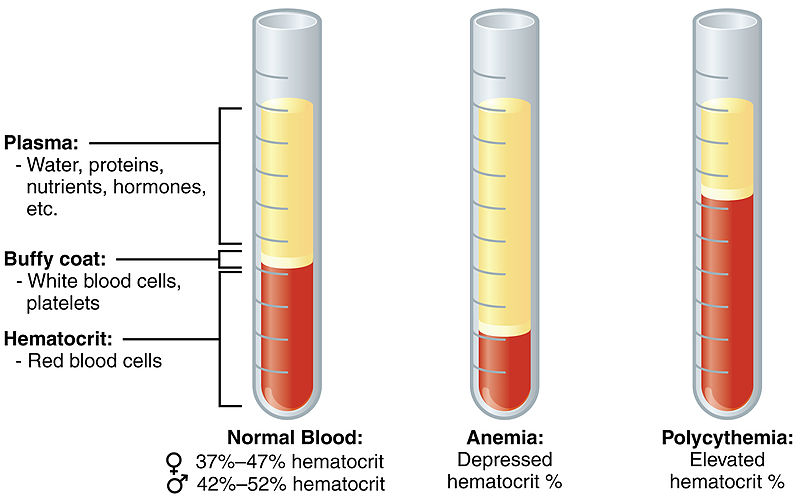

Following intravascular hemolysis, hemoglobion (Hb) is bound by haptoglobin and taken up by monocytes and macrophages.

The fate of the contents of red blood cells (RBCs) depends on whether hemolysisis is extravascular or intravascular. Intravascular hemolysis and extravascular hemolysisįootnote: Mechanisms and consequences of hemolysis. In extravascular hemolysis red blood cell contents become localized within reticuloendothelial cells, whereas in intravascular hemolysis hemoglobin (Hb) enters the circulation and can interact with all molecules and cells in contact with the blood 5). Iron is an essential nutrient for pathogen and host, and access to iron within the body is the focus of an intense evolutionary battle 4). An important distinction between these processes is the fate of the red blood cell contents, particularly the heme moiety of hemoglobin (Hb) and its iron. Intravascular hemolysis follows substantial damage to the red blood cell membrane. Macrophages and other specialized phagocytic cells of the reticuloendothelial system remove defective red blood cells from the circulation. Most causes of pathological hemolys is occur in the extravascular compartment, primarily in the spleen. If red blood cells destruction rate is high enough to determine a decrease in hemoglobin values below the normal range, hemolytic anemia occurs. The balance between red blood cell breakdown and production determines how low the red blood cell count becomes. This requires the bone marrow to make more red blood cells than normal. Some diseases and processes cause red blood cells to break down too soon. After that, they naturally break down and are most often removed from the circulation by the spleen. Red blood cells normally live for 110 to 120 days. Autoimmune hemolytic anemia and hereditary spherocytosis are examples of extravascular hemolysis 3). Extravascular hemolysis when the destruction of the red blood cells takes place in the spleen and other reticuloendothelial tissues (also known as mononuclear phagocytic system). Intravascular hemolysis are caused by the following: prosthetic cardiac valves, glucose-6-phosphate dehydrogenase (G6PD) deficiency,sickle cell disease, thrombotic thrombocytopenic purpura, disseminated intravascular coagulation, transfusion of ABO incompatible blood and paroxysmal nocturnal hemoglobinuria (PNH) 2). Hemoglobin in the blood gives rise to hemoglobinuria. Intravascular hemolysis when the destruction of the red blood cells takes place in the blood vessels and hemoglobin is released. The causes of hemolysis can be broadly divided into disorders intrinsic or extrinsic to the red blood cell and the location of hemolysis can be subdivided into intravascular (within blood vessels) or extravascular (outside of the blood vessels) (Figure 1). Hemolysis is the premature destruction of red blood cells (RBCs) before the end of their normal life span, and hemolytic anemia occurs when the production of new red blood cells from bone marrow fails to compensate for this loss of red blood cells 1).


 0 kommentar(er)
0 kommentar(er)
